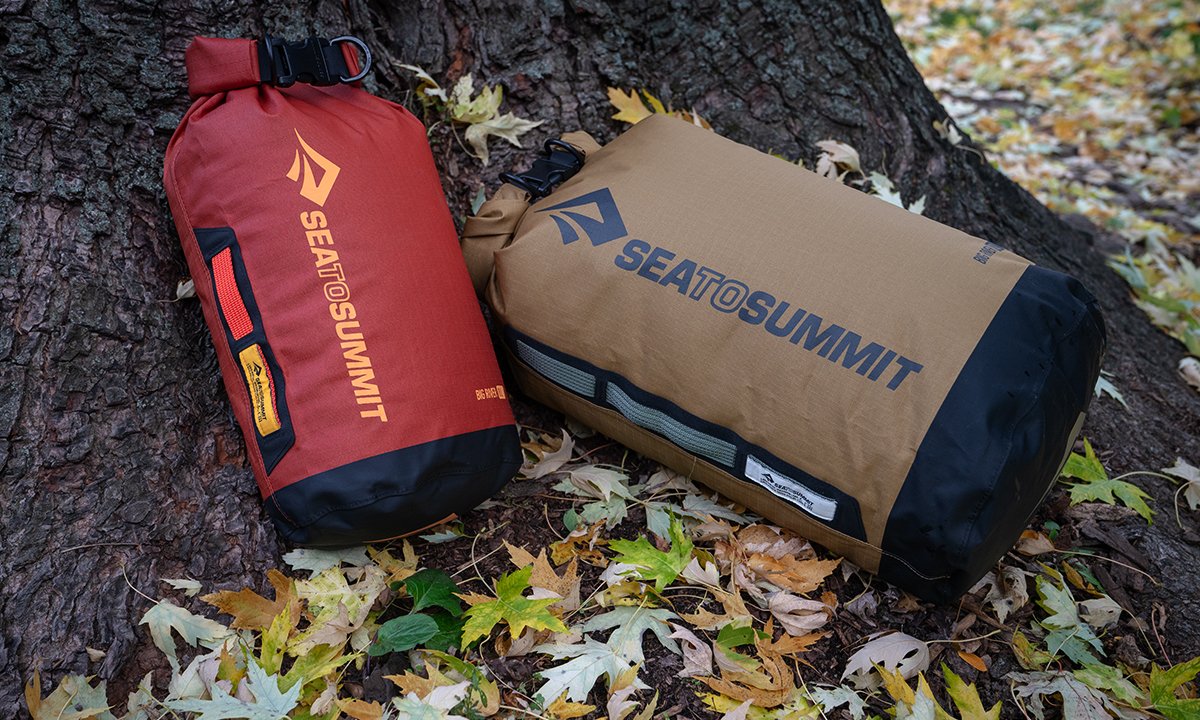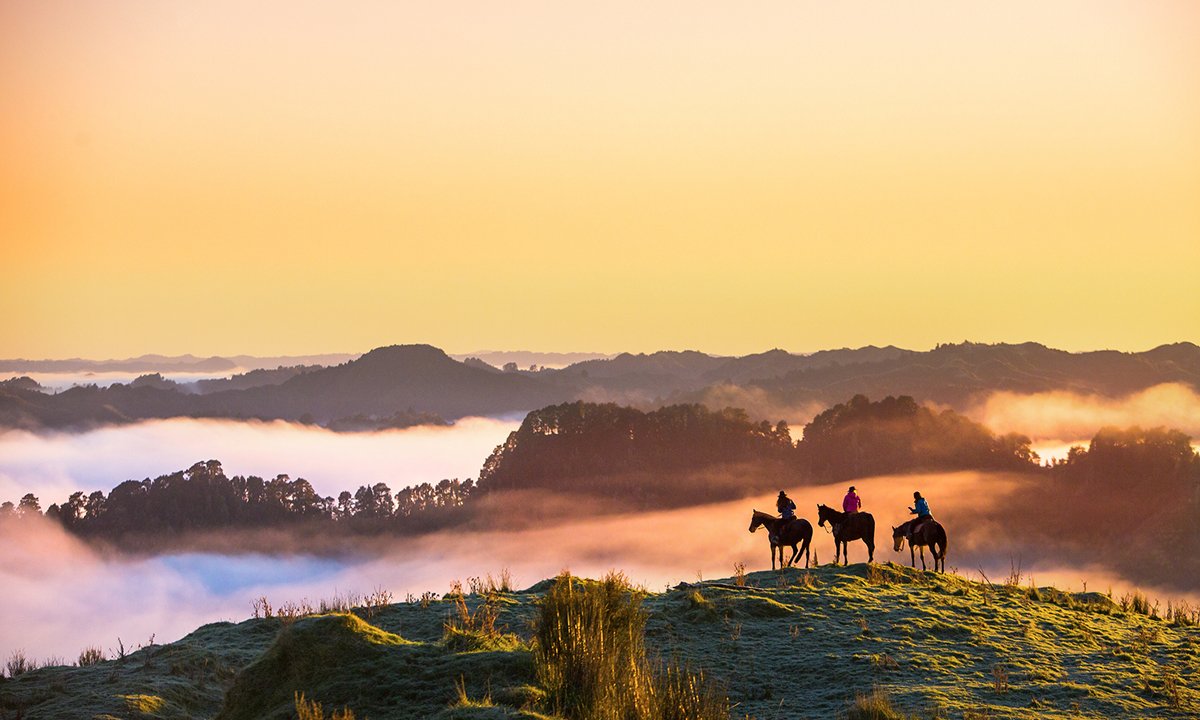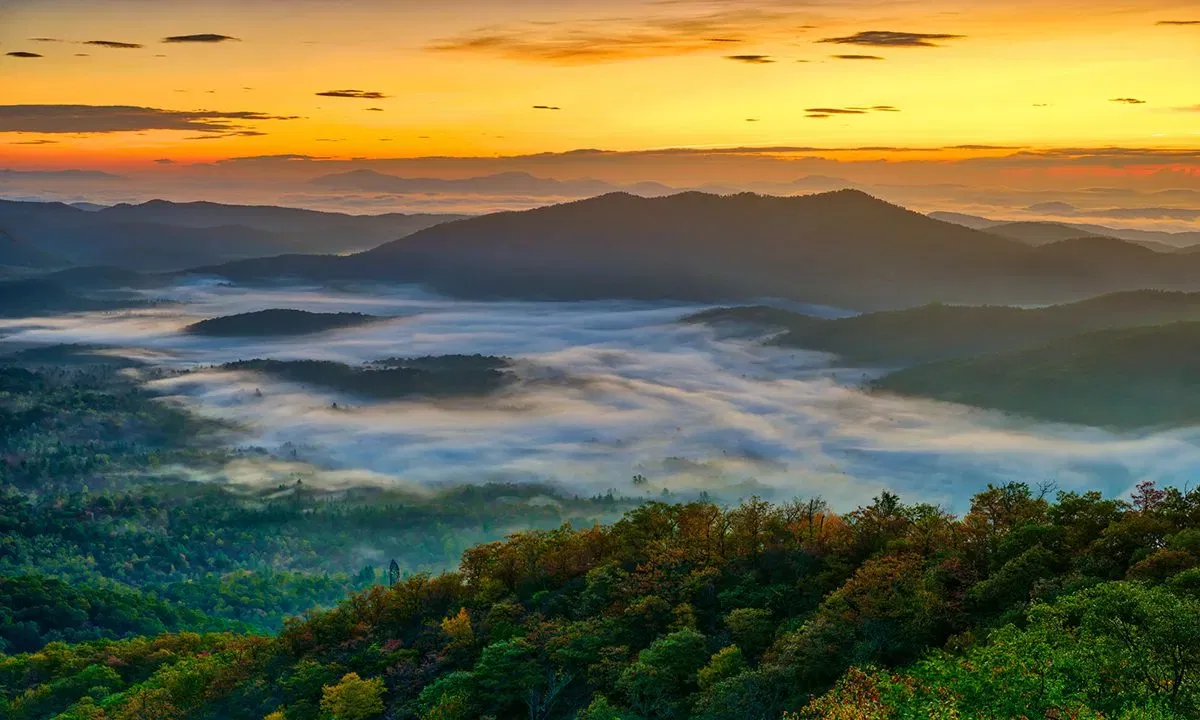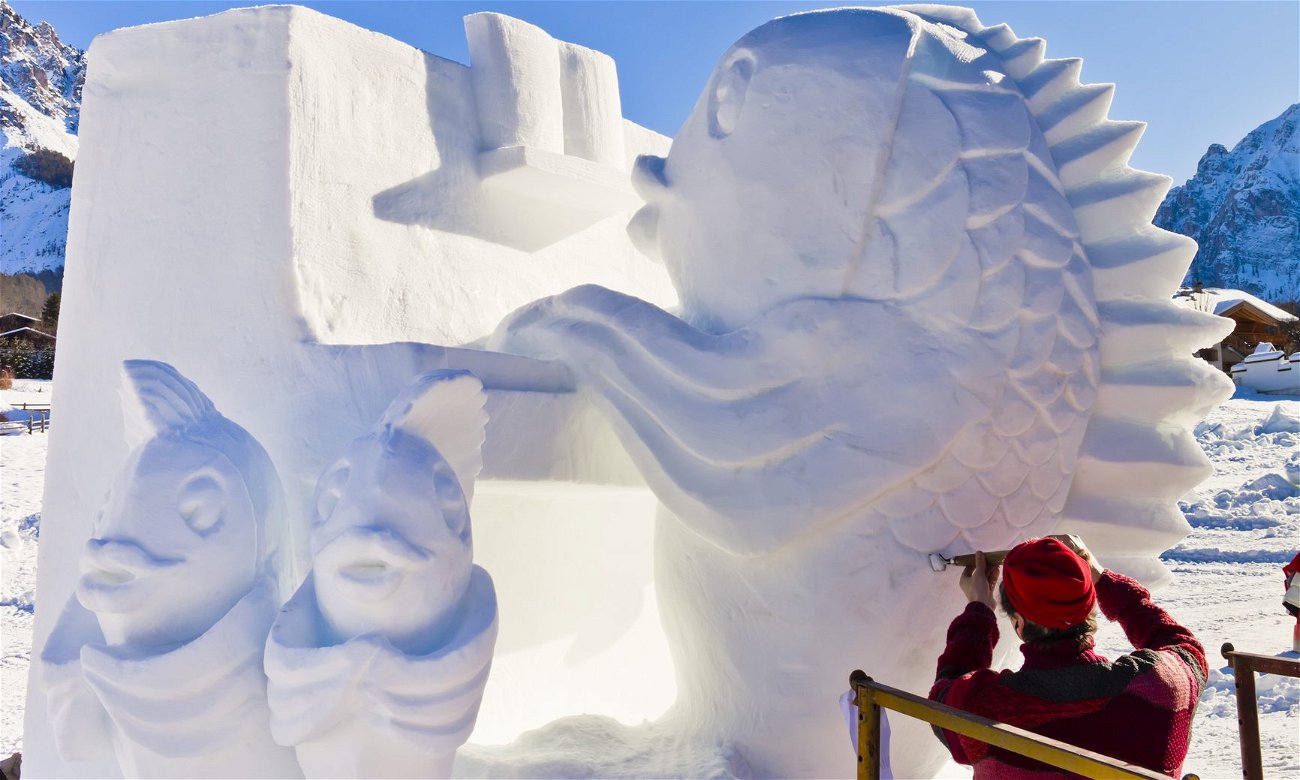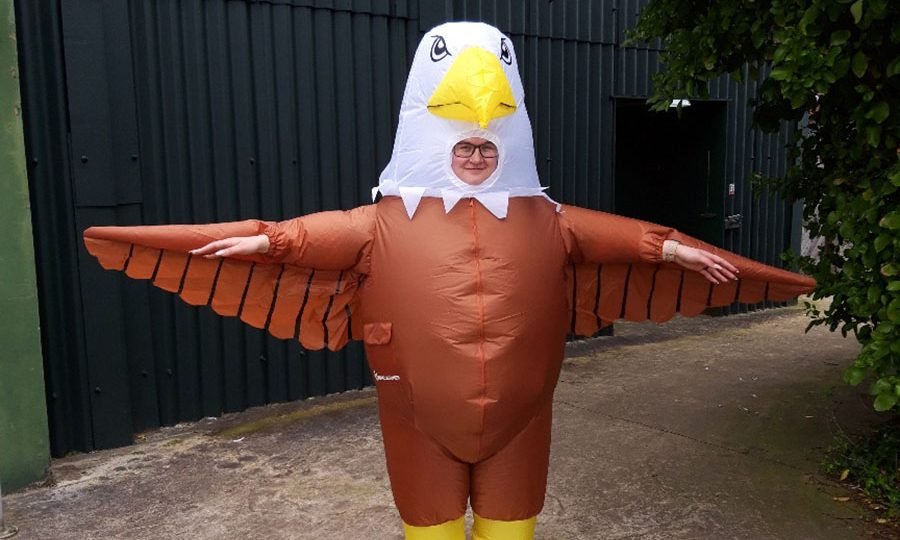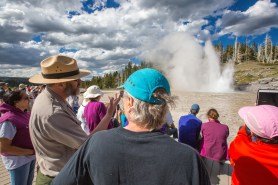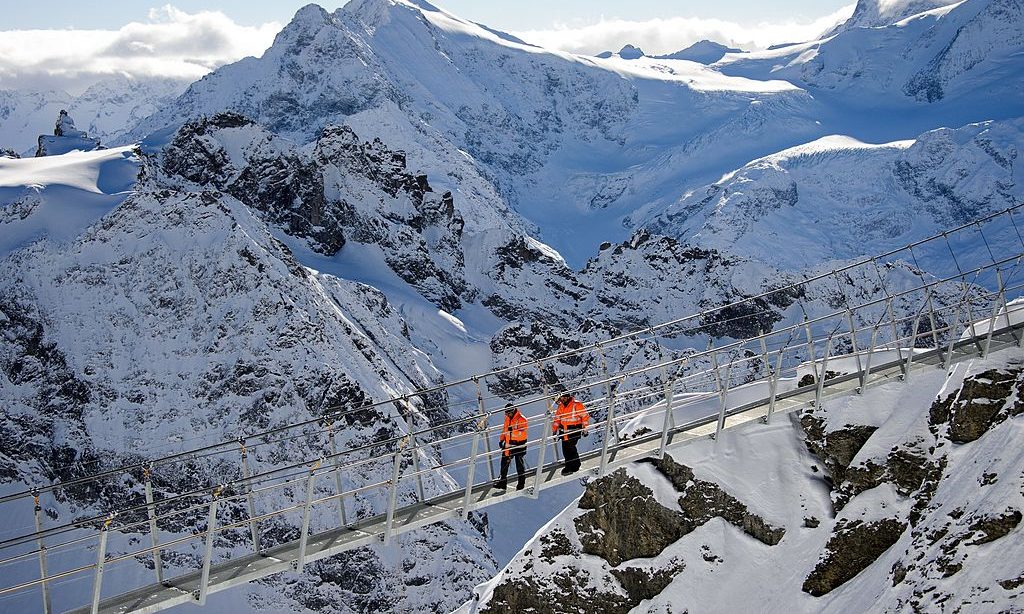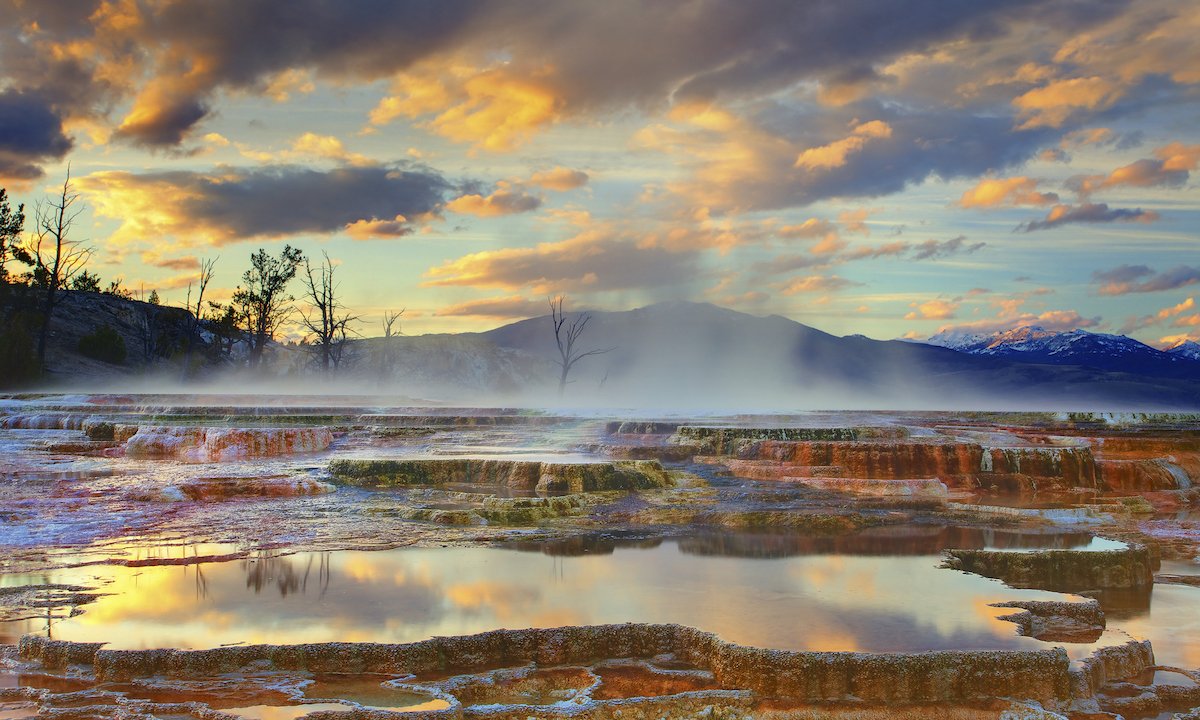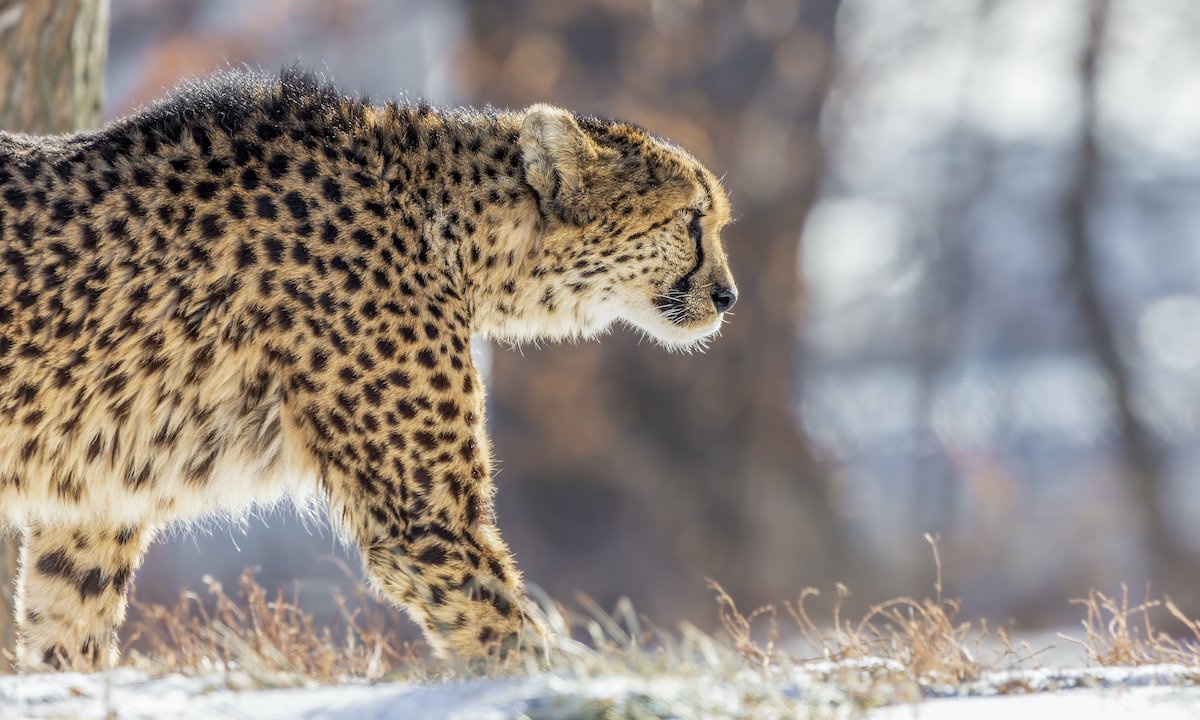The Northern Lights have captivated onlookers for ages. They have inspired — and empowered — millions to explore the outdoors and take in the sights.
Videos by Outdoors
Italian astronomer Galileo Galilei is credited with naming the phenomena. Records dating back to 1619 indicate that the “aurora borealis” was called such as tribute to the Roman goddess Aurora, and the Greek god Boreas. There are cave paintings that go back an estimated 30,000 years in France as the earliest details of the event. Other written records detail Babylonian King Nebuchadnezzar II described the Northern Lights as far back as 567 B.C.. In the east, Chinese reports dated 193 B.C. indicated that many in that era also witnessed the lights.
Most looking to take in the lights will have to travel out of North America those who want to stay domestic have a few national parks that could work under the right conditions. To take in the Northern Lights is going to require some luck. First and foremost. From there you will need otherwise near-perfect conditions and impeccable timing. Activity is rare in the United States.
Four Best Bet National Parks For The Northern Lights
Glacier National Park (Montana)
Glacier National may be the best location in the lower 48 to take in the Northern Lights. Montana is a massive state with little population to noise out the experience. There are not many ambient light sources and having a clear night is a requirement.
Borealis chasers will often head to the northwest end of the park. Lake McDonald, the park’s largest lake, has exceptional views and North Fork can provide for magnificent surroundings. The other “best spot” for taking in the Northern Lights is at the southern end of Lake McDonald. Both the Village Inn at Apgar and Apgar Campground are recommended spots, and potentially less crowded locations.
Voyageurs National Park (Minnesota)
As for self-marketing, this park claims to have nearly 200 borealis events annually. It is also one of the northern-most locations in the United States, which would lend credence to estimation.
Local Ojibwe Indian author Carl Gawboy has literally written the book on the events in the area. In Talking Sky he breaks down the Northern Lights and how the indigenous people have interpreted their meanings over time.
The Park has plenty of recommendations for taking in the sights. It lists all of the Rainy Lake Visitor Center, Ash River Visitor Center, Voyageurs Forest Overlook Parking Lot, and Woodenfrog Beach. There is also a Northern Lights Resort, if you are looking to stay inside but maybe steal a peak at the sky.
Theodore Roosevelt National Park (North Dakota)
This national park is pretty wide open — as though others are congested? — which makes it a great option to sky chase. Like Glacier National Park, there are vast expanses of darkness. There is little visual pollution to wash out potential sightings.
The Park Service recommends Oxbow Overlook to check it all out. That probably means it will be crowded and that locations near the area may be the place to go to enjoy the visuals with some peace.
Acadia National Park (Maine)
If you are able to hit this National Park at the right time, it could provide the best views of any in this section. The views through the trees are amazing enough to take the trip even without the borealis effect — though adding them in is spectacular.
Now, the ‘right time’ may adjust based on the seasons. In winter, the southern end of Jordan Pond may be the best location to head towards. During the spring through fall, it may be worth the drive up Cadillac Summit. It is the island’s tallest peak and provides spectacular views of the sky. If the borealis is not active, the constellations are still very visible.
Three Other National Parks That Can Deliver
It is always going to be a lucky strike to catch the Northern Lights in North America, but that does not mean it is impossible to do so. Along with the four parks above, there are others that could help you see the visual display. All have limitations, though.
Isle Royale National Park in Michigan is one such park. It has all the checked boxes needed to be included in this list except that it is not the most easily accessible. It is an island park that is only reachable by boat — or seaplane. Its weather also does not offer year-round opportunity. Isle Royale is only open April through October, so plan accordingly.
North Cascades National Park is a good bet to capture the Northern Lights but you will need a little more luck than other locations. The Washington-state park is a dense forest with a difficult to navigate landscape. Part and parcel with the thick canopy comes a lot of obstructed views. It is a year-round park and with the right mix of clear skies and a good camping location, this could provide a successful experience.
Lastly is, Denali National Park in Alaska. It is on the bottom side of the list because it is not technically in the continental United States. Also, most any park in Alaska can provide amazing views but also all in limited capacity. From late spring through August the activity is most likely not going to be visible by any means. Alaska experiences its “midnight sun” and is bathed in near-24-hour sunlight. It will also get down to -40 in the winter months which makes preparation — or guides — much more important than many other parks.
